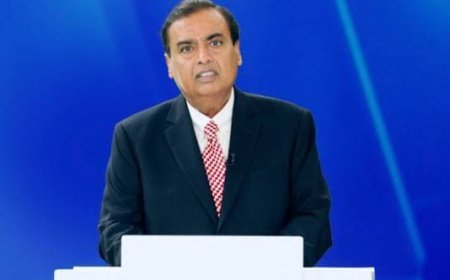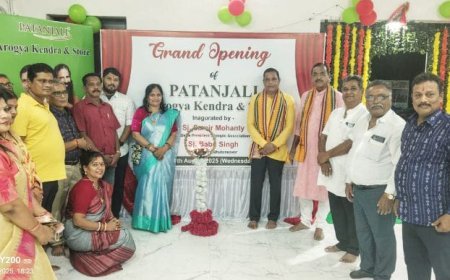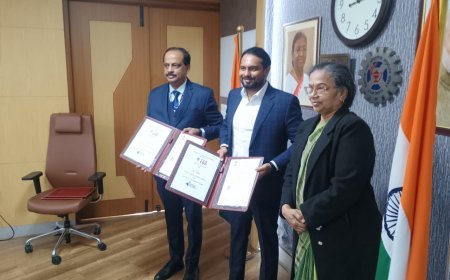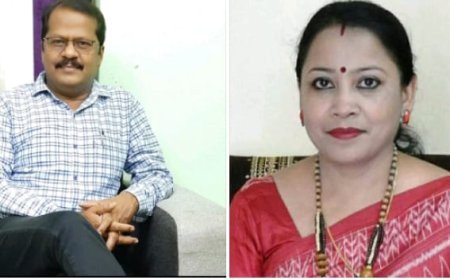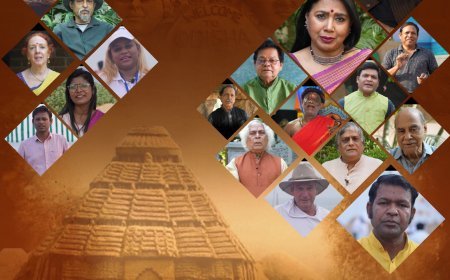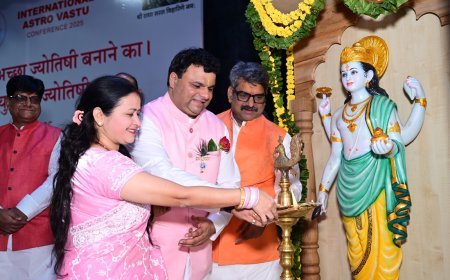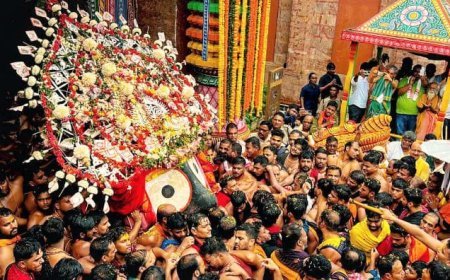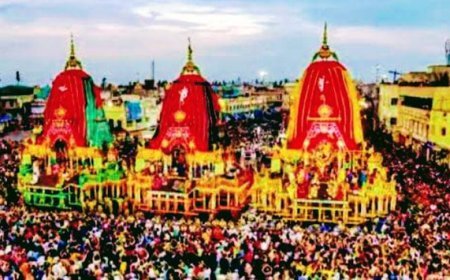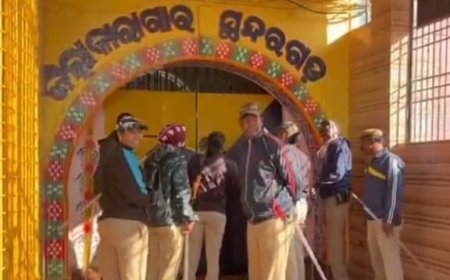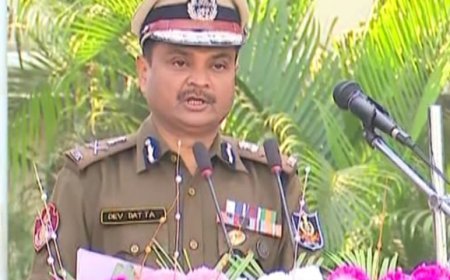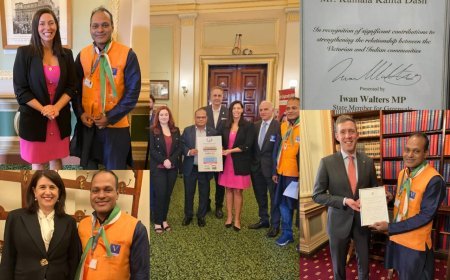Reimagining the Civil Services: Towards a New Era of People-Centric Governance
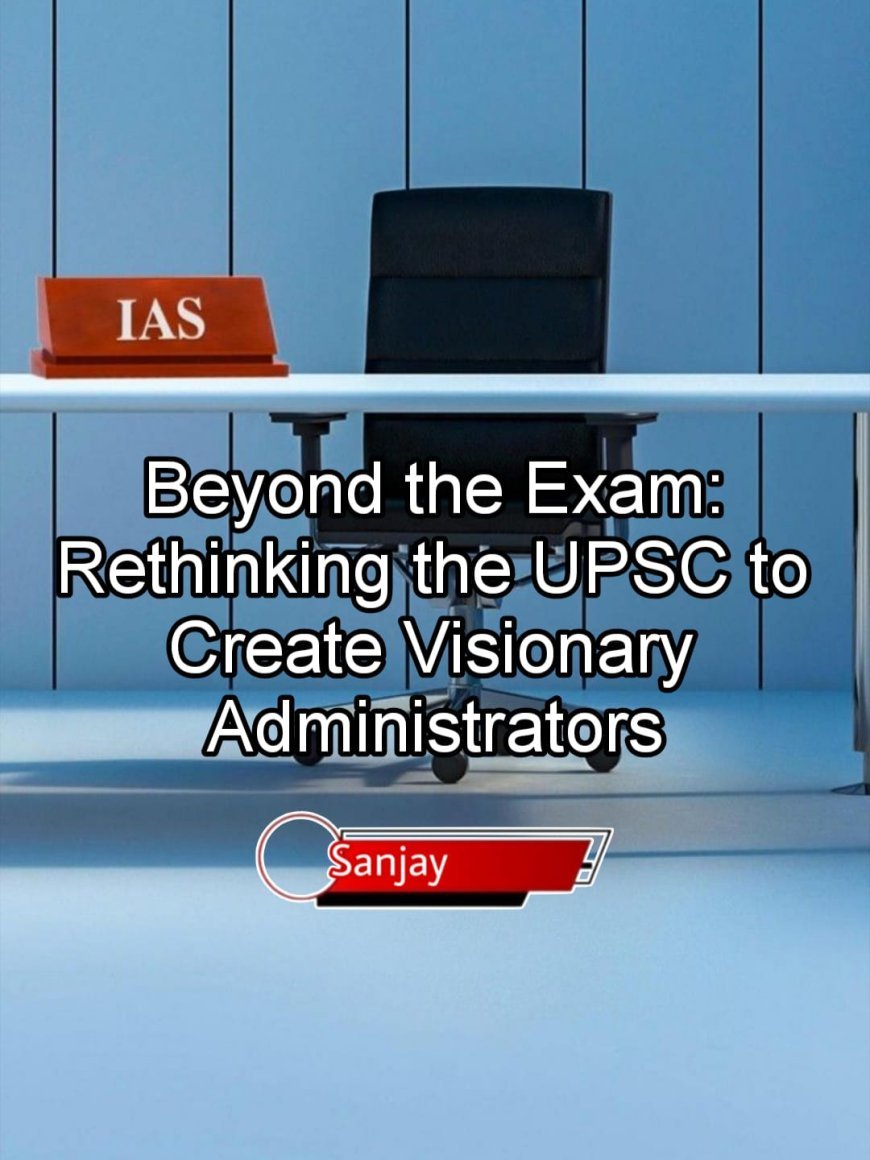
By Sanjay Pattnayak | Sundargarh
The Indian Civil Services Examination (CSE), conducted by the Union Public Service Commission (UPSC), has long been heralded as one of the most prestigious and challenging examinations in the country. It represents not just a gateway to administrative power, but a symbol of intellectual rigour, discipline, and the opportunity to serve the nation. Yet, despite its grandeur and reputation, the time has come to critically examine whether the existing system truly delivers the kind of administrators India needs in the 21st century.
From its colonial roots to its post-independence avatar, the UPSC CSE has undergone several reforms. However, we must ask a deeper question—does it create visionary, empathetic, and courageous leaders who can uphold democratic values, or does it merely produce bureaucrats who follow orders without question?
Let us journey through its historical context, current structure, and a bold vision for what it could become.
A Historical Evolution: From Imperial Tool to Democratic Pillar
The origins of India’s civil services lie in the era of the British East India Company. Initially known as the Covenanted Civil Service (CCS), it primarily served as an administrative arm to consolidate colonial control. The introduction of open competitive examinations through the Charter Act of 1853 marked a shift towards meritocracy, albeit within a limited, British-dominated framework.
It wasn't until 1863 that the first Indian, Satyendranath Tagore, entered the Indian Civil Service (ICS). Still, the exams were conducted exclusively in London until 1922, when they were finally held in India. This marked the beginning of Indianization of the civil services, with nationalist leaders like C. Rajagopalachari and S.N. Banerjee becoming part of the administrative structure.
Post-1947, as India emerged from the shackles of colonialism, the UPSC was constituted under Article 315 of the Indian Constitution, replacing the Federal Public Service Commission. It became the cornerstone for recruiting officials to the Indian Administrative Service (IAS), Indian Police Service (IPS), Indian Foreign Service (IFS), and various other Group A & B central services.
Over the decades, the structure of the CSE was refined into a three-tiered process: Preliminary Exam (objective), Main Exam (descriptive), and Personality Test (interview). While this model is robust in its intent, it still falls short in ensuring that the administrators produced are truly aligned with the demands of a modern, democratic, and welfare-driven state.
Where the Current Model Falls Short
On paper, the UPSC CSE is open to all graduates, irrespective of academic background. This inclusivity is often celebrated as a democratic virtue. However, it has inadvertently led to a system where aspirants from fields like engineering and medicine view civil services as a fallback career option. The real issue is not their intellectual calibre but the disconnect between their educational background and the competencies required in public administration.
An administrator’s job is not merely about cracking tough exams. It is about dealing with people, understanding ground realities, resolving conflicts, crafting policy, and implementing developmental schemes. These are skills seldom taught in technical disciplines like engineering or medicine. What results is a cadre of brilliant minds who may excel in theory but struggle to engage empathetically with people or withstand political pressures.
Moreover, the high-stakes nature of the examination encourages rote learning and coaching-centre cramming rather than holistic education. A person might clear the exam with distinction, but lack the vision or moral compass necessary to serve with integrity and empathy.
A Bold Vision: National Administrative Academy After Higher Secondary
India needs to rethink its civil services model from the ground up. Just as the National Defence Academy (NDA) grooms future military officers from the age of 17 or 18, a National Administrative Academy (NAA) should be set up to nurture future civil servants right after their Higher Secondary (+2) education.
Here’s how the new model might work:
1. Early Identification of Talent
A nationwide entrance exam and interview process post-Class 12 should identify students with an aptitude for leadership, governance, communication, and ethics.
2. A Purpose-Built Curriculum
Selected students would enter a rigorous 4-5 year program that includes:
Public Policy and Administration
Human Psychology and Behavioural Science
Constitutional Law and Ethics
Conflict Resolution and Negotiation Skills
Rural and Urban Governance
Economics and Budgeting
Disaster Management and Environmental Planning
Real-world exposure through internships with district administrations, NGOs, and Parliament sessions would provide much-needed field learning.
3. Leadership & Empathy at the Core
Beyond academics, focus would be placed on soft skills like empathy, critical thinking, emotional intelligence, and objection handling. These are the qualities that define a true administrator in today’s India.
Such a model will ensure that civil servants are not accidental bureaucrats, but dedicated public leaders trained for their roles from a young age—armed not just with knowledge but with purpose.
Rebuilding the Bureaucratic Ethos: From Obedience to Integrity
A recurring criticism of Indian bureaucracy is its increasing tendency to bend to political will, even at the cost of ethical governance. The fault lies not only with the politicians but with a system that has failed to groom administrators to stand up for truth and the Constitution.
A reformed system must empower officers to think independently, evaluate consequences, and hold on to democratic values even in challenging situations. When bureaucrats are trained from a young age to lead, rather than obey blindly, the system will begin to correct itself from within.
Why Technocrats and Medicos Must Serve Where They're Needed Most
India faces critical shortages in healthcare and scientific research. Doctors and engineers are pillars of national development and must be retained in their respective fields. The civil services should not be seen as a "Plan B" for the undecided or the disillusioned. Public administration is a mission, not a career switch.
By filtering aspirants early, we can ensure that only those genuinely interested in administration pursue it—not those escaping their primary professions.
Optional Subjects and Practical Relevance: A Note for Current Aspirants
While the overhaul may take time, current aspirants must choose their optional subjects wisely. Subjects like Public Administration, Sociology, PSIR, Geography, Economics, Law, and Anthropology are not just scoring—they are deeply useful in actual administrative life.
A well-chosen optional subject can equip you with tools and insights that will serve you long after the exam is over, in real governance roles.
Conclusion: Time for a New Breed of Leaders
India stands at a critical juncture, poised to become a global leader. But this transformation cannot be achieved with bureaucrats who merely execute orders. We need administrators who think, feel, and act—those who can bridge policy and people, uphold the Constitution, and resist undue influence with courage and conscience.
The Indian Civil Services need more than incremental changes—they need a paradigm shift. From late-stage selection to early-stage grooming. From exam-centric filtration to purpose-driven education. From bureaucratic rigidity to administrative empathy.
Let us not just reform the UPSC exam; let us reimagine the civil servant. The servant who leads, the leader who listens, and the officer who stands by the last citizen in the last village of this vast country.
Let the mission begin—because governance is too important to be left to chance.
Sanjay Pattnayak
Sundargarh
Public Thinker | Social Commentator | Advocate for Administrative Reforms






